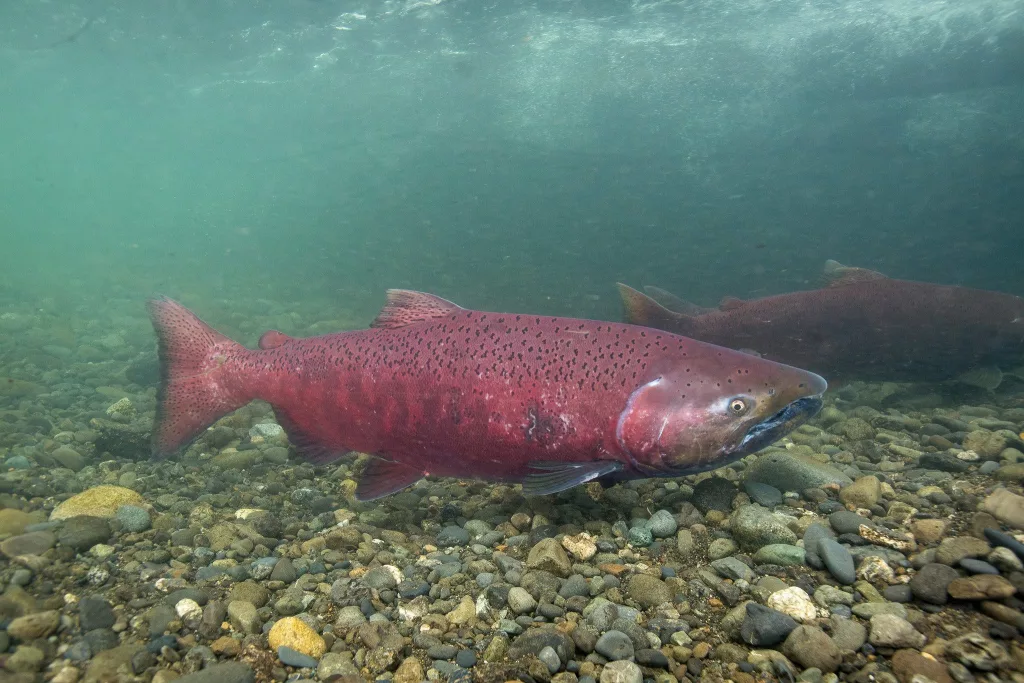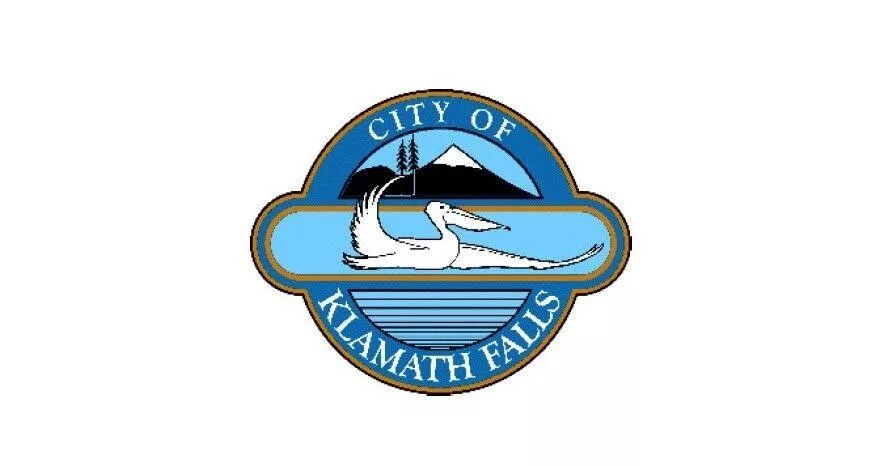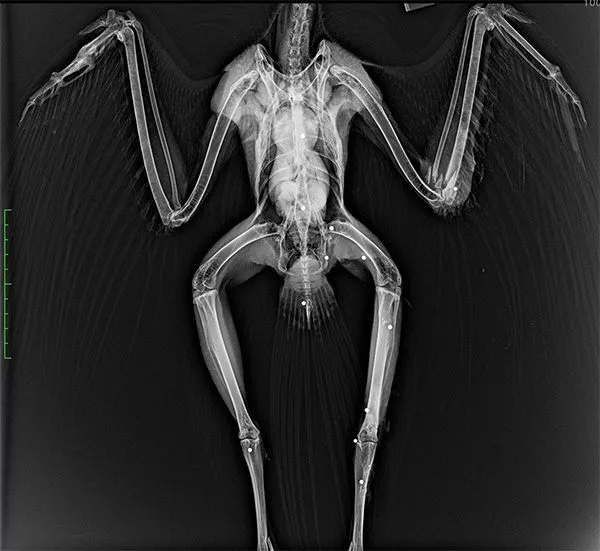PORTLAND, Ore. — The Center for Biological Diversity and allies sued the National Marine Fisheries Service today for delaying Endangered Species Act protection decisions for spring-run Chinook salmon in Oregon, Washington and Northern California.
The Center, Native Fish Society and Umpqua Watersheds petitioned the Service in August 2022 to protect Oregon Coast Chinook salmon under the Endangered Species Act. In July 2023 the Center and Pacific Rivers petitioned to add Washington coast spring-run Chinook salmon to the list.
The Service was required to decide whether to protect the fish within one year after the petitions were filed. The Service found that federal protections “may be warranted” for the three salmon populations in 2023 but has made no further decisions.
“These iconic fish are at risk of disappearing from our coastal rivers forever if the Service doesn’t act quickly,” said Jeremiah Scanlan, a legal fellow at the Center for Biological Diversity. “Spring-run Chinook salmon badly need protections, but instead the agency has taken the lazy river approach and drifted past its own deadlines.”
Chinook salmon, also known as “king salmon,” are the largest of all Pacific salmon. Once abundant throughout the river basins of the Pacific Northwest, Chinook salmon populations have declined to a fraction of their historical size.
“Umpqua Watersheds has been tracking this population for decades and has never seen the wild spring Chinook population even close to its designated viability number for survival,” said Stanley Petrowski, a member of Umpqua Watersheds. “The science is clear. This unique ecologically significant species is going extinct.”
Spring-run fish are a variant of Chinook salmon, who return to rivers much earlier than the more abundant fall-run salmon. They return in the spring from the ocean to coastal freshwater rivers, staying for months in deep pools until they spawn in the fall. Spring-run Chinook have unique habitat requirements for migration, spawning and juvenile rearing. Their suitable spawning habitat is in mainstem rivers and tributaries, and these early returning fish have a special need for streams high in watersheds that stay cool enough during the summer so they can survive.
“The watersheds of Washington developed with and continue to need spring-run Chinook,” said Michael Morrison, chair of Pacific Rivers. “Protections for the imperiled spring-run Chinook will insure healthy watersheds for present and future generations.”
Threats to Chinook salmon include habitat destruction from logging and road construction, water diversions, interbreeding with hatchery-raised fish, overharvest in commercial fisheries and dams obstructing their return migrations.
Currently, both spring-run and fall-run Chinook salmon are managed by the Service and state wildlife agencies as if they were the same population. But recent scientific studies show that spring-run fish are genetically distinct from the more abundant fall-run Chinook. The evolution of early-returning fish occurred in both salmon and steelhead trout millions of years ago. This difference in spawning-run timing is highly unlikely to occur again if these distinct populations are lost.
Early returning salmon are ecologically essential to the overall health of coastal Chinook populations, since they use colder water habitats further upstream than fall-run fish, making populations more resilient to climate change, extreme environmental conditions and human threats.
Spring-run Chinook salmon are also a preferred and primary food for Southern Resident orcas, which are themselves listed as endangered, having a population of only 73 individuals. Diminishing salmon numbers and smaller body sizes of spring Chinook means that fish-eating orcas must travel further and work harder to find sufficient food. Pacific Northwest orcas have suffered in recent years from malnourishment and reproductive failures.
The Center for Biological Diversity is a national, nonprofit conservation organization with more than 1.7 million members and online activists dedicated to the protection of endangered species and wild places.
The Native Fish Society is a nonprofit conservation organization that cultivates a groundswell of public support for reviving abundant wild fish, free-flowing rivers, and thriving local communities across the Pacific Northwest.
The mission of Pacific Rivers is to protect and restore the watershed ecosystems of the West to ensure river health, biodiversity and clean water for present and future generations.





